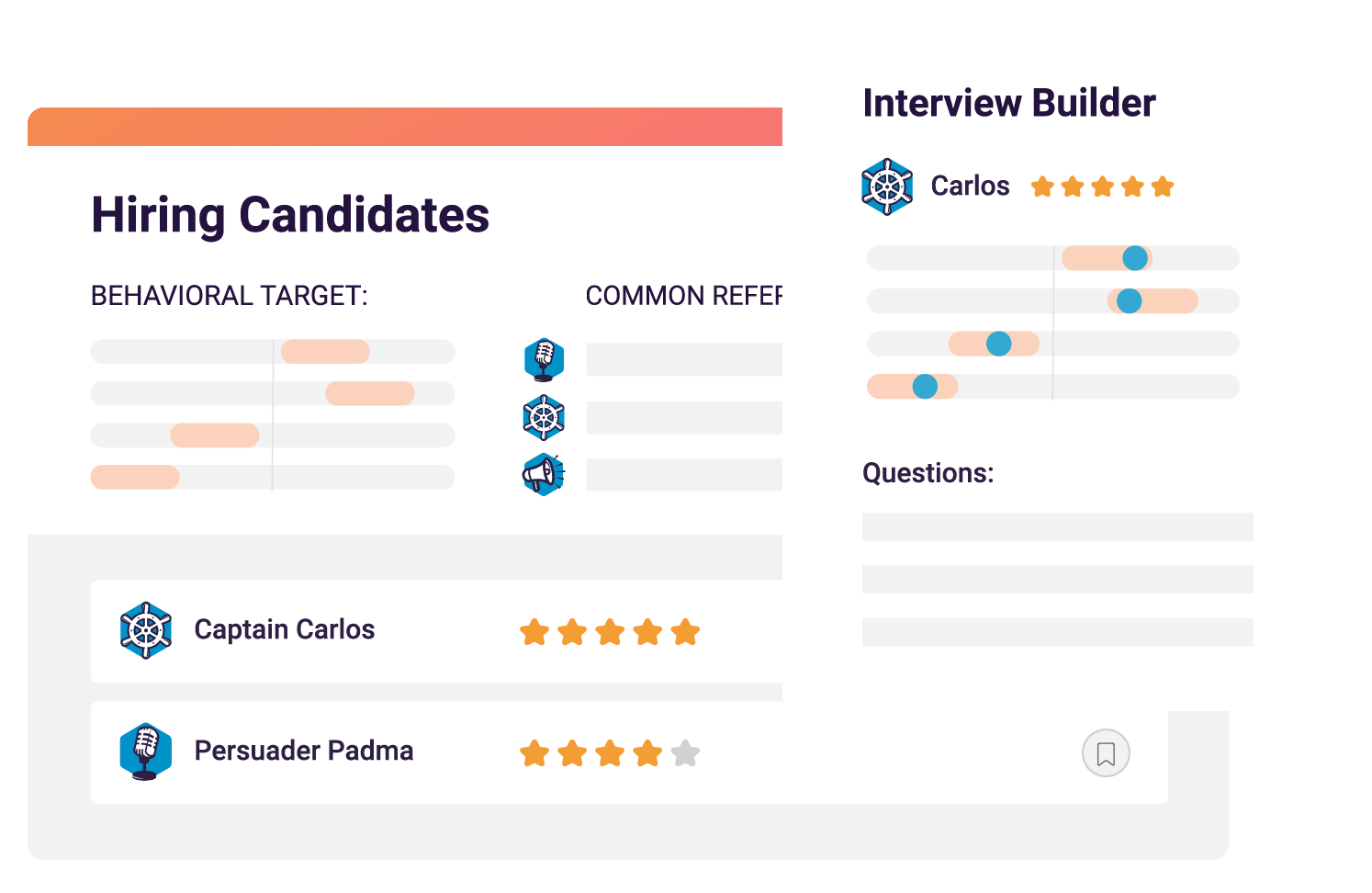Great managers understand not every employee is the same—and not every team member requires the same interaction with their leader. When managers adjust their leadership style to best motivate each individual employee, all employees can benefit and grow.
But what about when employees are performing at different levels? Managers are responsible for challenging and supporting the growth of all employees—not just their high performers.
Here are six strategies to motivate and support employees at both ends of the spectrum:
Tips for supporting high-performing employees
1. Provide them with tools for success.
When it comes to your high-performing employees, help them set big-picture goals and provide the strategic direction they need for projects—then get out of the way. Once your high-performers have the resources they need, give them time and space to crush their goals.

2. Optimize your one-on-one time.
One-on-one meetings play an important role in how you manage your high-performing employees. To ensure you’re both on the same page, schedule weekly one-on-one meetings and check in about any resources they may need, any blockers to their success, and how you can best support them as they continue to crush their goals.
If your high performers work remotely or have hybrid schedules, you might decide to meet more frequently to maintain open communication and provide the support your employee needs to perform at their best. These meetings will help them stay in the loop and feel like valuable contributors to the team.
Join 10,000 companies solving the most complex people problems with PI.
Hire the right people, inspire their best work, design dream teams, and sustain engagement for the long haul.
3. Give them flexibility.
A 2018 Yale University study found almost 20% of highly engaged, high-performing workers experience feelings of burnout, which can lead to employee unhappiness and attrition. As a manager, it’s key to understand what your employees need to work best and how to help them create that environment. Remote or schedule flexible work is one way to help these high performers achieve better work-life balance.
In other cases, your high performers may be looking for different support to avoid burnout within a traditional office environment, such as dedicated heads-down time for focused work or more structured deadlines and expectations. In this case, giving them flexibility might look like helping them rearrange their calendars so their time is uninterrupted, or taking a smaller project off of their plate so they can focus on a more impactful one.
Let your high-performing employees know they can ask you for help when they need it—and be a partner in helping them create the conditions necessary to do great work.

Tips for supporting underperforming employees
1. Don’t ignore poor performance.
There are a myriad of reasons an employee may be currently underperforming or not meeting expectations. Before addressing low performance, it’s necessary to get clear on the cause. Is there a work relationship that’s negatively impacting their performance? Do they have the tools, resources, and authority needed to move a project forward? Were clear expectations and metrics for success set? How’s their personal life? While work and life are often considered separate, they both impact the other.
By taking the time to diagnose the root cause of the problem, you can more effectively address it.
Join 10,000 companies solving the most complex people problems with PI.
Hire the right people, inspire their best work, design dream teams, and sustain engagement for the long haul.
2. Build a plan for improvement together.
Schedule a one-on-one meeting with the underperforming employee and work together to form realistic goals for improvement. Be honest and specific when communicating expectations so they know exactly what’s expected of them. Ask what resources your employee needs for optimal work performance. Maybe they’re burnt out from their commute and need to work remotely a couple of days a week, or maybe the team as a whole is underperforming and they could all use a morale boost.
The only way to a more productive future is clear communication and expectations. Make a plan with the employee, complete with benchmarks and milestones.. Include a timeframe within which you’ll evaluate the employee to see how performance has improved. This gets everyone on the same page about not only the changes expected but also the timeline in which those changes will be made.
3. Reward positive change.
Change doesn’t happen overnight. Once you’ve established a plan of action with your underperforming employee, give them space and time to meet (and surpass) your expectations. Set up recurring meetings to monitor progress. When you notice a positive change, say so. Recognize change with truthful, specific, and positive feedback. Research from Dr. Paul White, a psychologist focused on work relationships, showed that 45% of employees prefer verbal praise as a form of appreciation; this encouragement can help sustain continued improved performance.
If you don’t notice positive changes in performance, objectively present your observations, ask them how they would evaluate themselves, and help them stay accountable to the milestones and benchmarks you built into your performance plan.
The best managers lead by example.
Whether your employees are high performers or underperformers, you want them to be open and honest with you about whatever challenges they’re facing. You can foster an environment of openness by leading by example. Share with your employees what you’re struggling with, and tell them how you’re working to overcome those challenges, so they can learn from you and feel prepared to tackle challenges that come up for them, too.
Join 10,000 companies solving the most complex people problems with PI.
Hire the right people, inspire their best work, design dream teams, and sustain engagement for the long haul.








